Scotland transforms into something truly magical during the summer months. With pleasant summer temperatures of around 17°C (63°F) on average and days stretching endlessly toward midnight in the northern reaches, the country reveals hidden corners that most visitors never discover. These are the secret places where locals escape, where ancient stories whisper through stone circles, and where pristine beaches rival any tropical paradise.
St Kilda
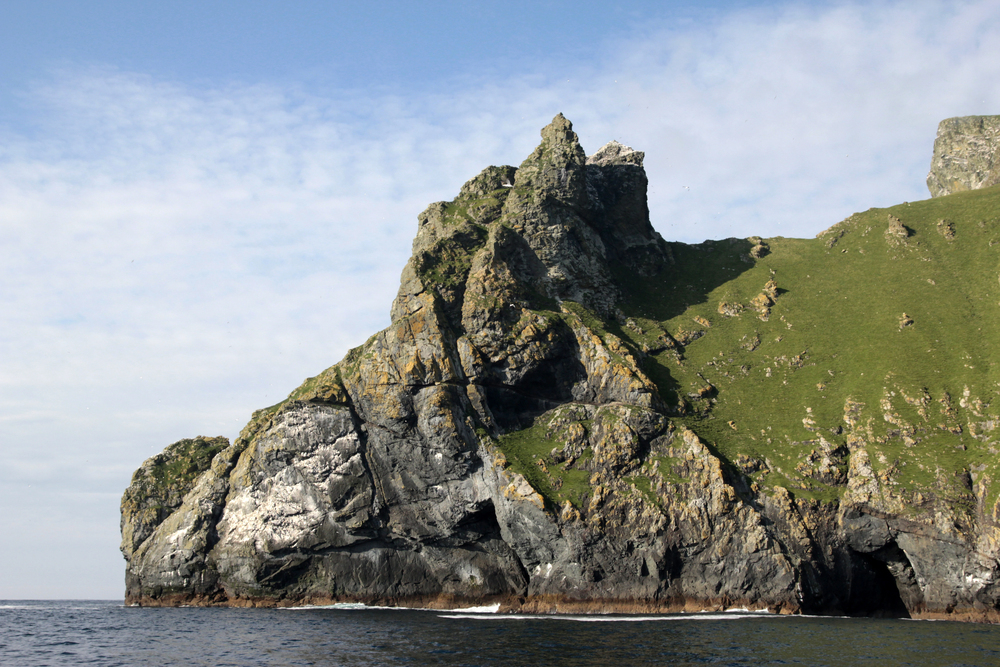
St Kilda, an archipelago located in the Outer Hebrides, is a UNESCO World Heritage Site known for its rugged, otherworldly beauty and rich wildlife. Once home to Britain’s most isolated community, the islands were abandoned in 1930 when the last residents could no longer sustain their ancient way of life.
Now this remote paradise belongs entirely to the seabirds. Puffins and gannets nest in their thousands along dramatic cliffs that plunge into crystalline waters. The only way to get to St Kilda is by boat, and the most common day trips will depart from the Isle of Harris or the Isle of Skye. But trust me, the journey is worth every wave-soaked minute.
Fingal’s Cave
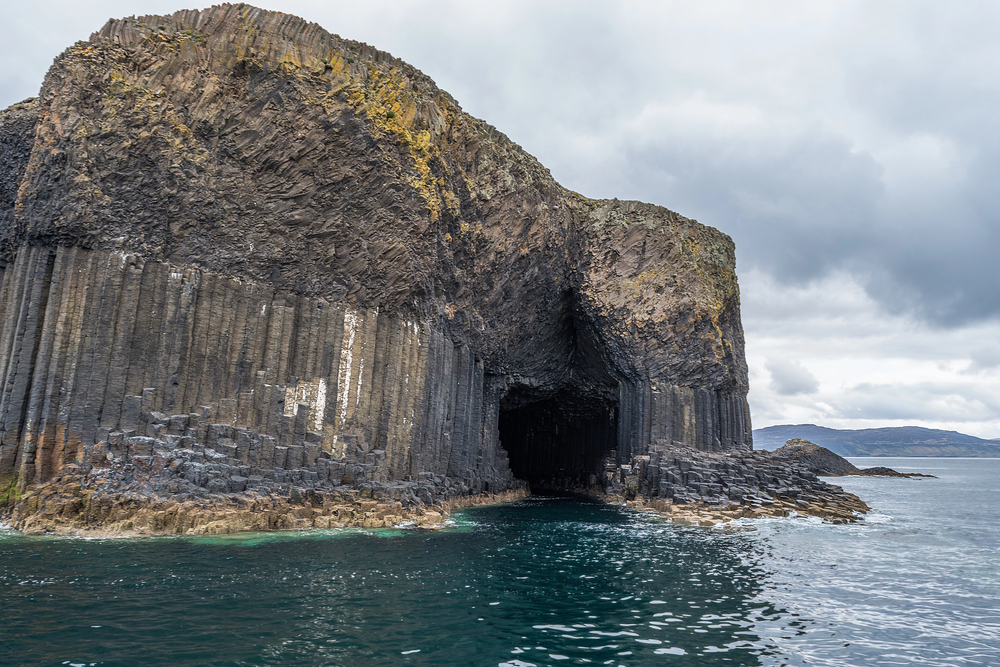
This one-of-a-kind spot in Scotland is a remarkable natural formation located on the Isle of Staffa on the west coast of Scotland. Fingal’s Cave features intricate hexagonal columns that were formed by volcanic eruptions millions of years ago. The cave earned its nickname as the “cave of melody” for good reason.
Step inside and you’ll understand immediately. Also known as the ‘Cave of Melody,’ Fingal’s Cave is famous for its natural acoustics, with eerie echoes and mystical sounds produced by crashing ocean waves. Standing water creates perfect reflections of the geometric basalt columns overhead. The whole experience feels like walking inside a Gothic cathedral built by giants.
Isle of Eigg
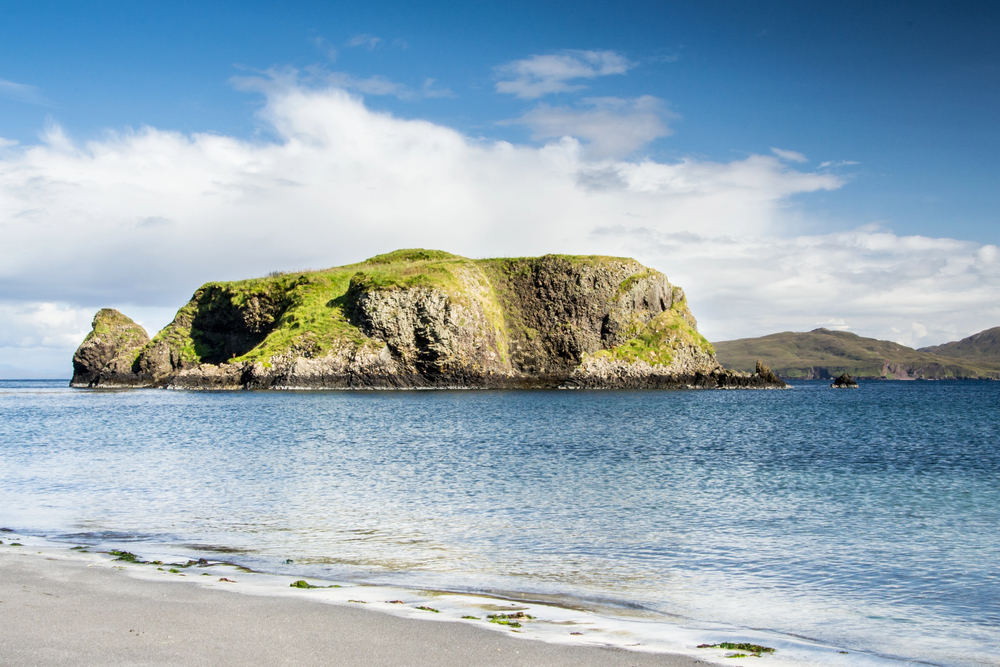
This off-the-grid summer escape holds the title ‘the emerald of the Inner Hebrides’ and surprisingly, has a population of around a hundred residents. What makes Eigg special isn’t just its size but its commitment to community ownership and renewable energy.
The island runs almost entirely on wind, water, and solar power. During summer evenings, when the generator switches off, the silence is profound. At night, the complete lack of light pollution allows for some unforgettable stargazing on Eigg. And those white sandy beaches? They actually sing when you walk across them.
Lunan Bay
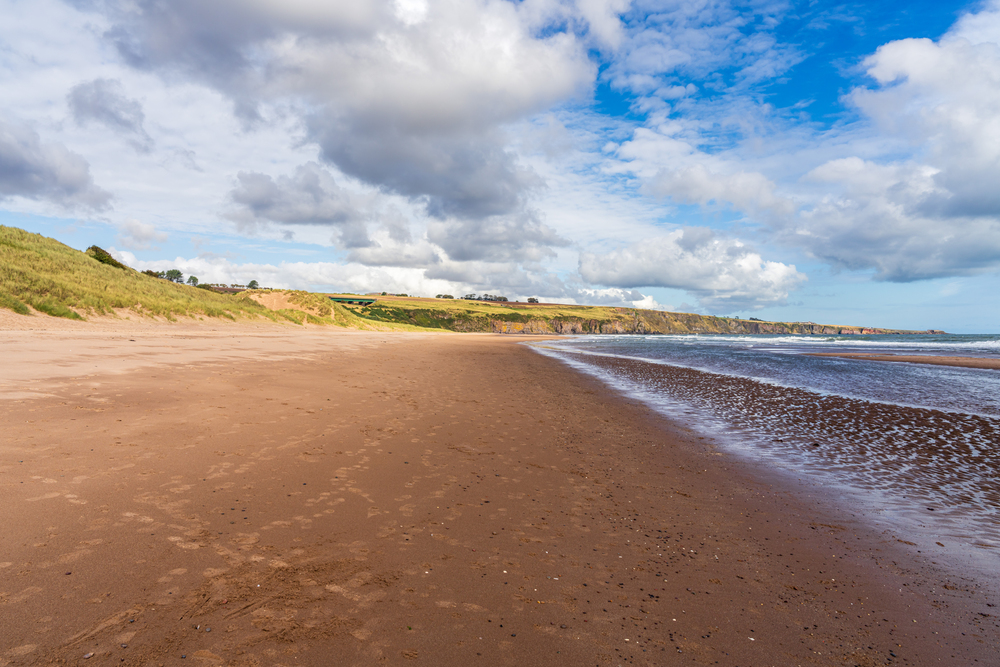
Overlooked by the ruins of Red Castle, Lunan Bay is a magnificent sweep of golden sands backed by lovely dunes and framed by low cliffs, a cave, and an arch. This Angus coast secret feels worlds away from Scotland’s busier beaches.
After a storm, the pristine sands of Lunan Bay sometimes yield agates and precious gemstones, glimmering in the sunlight! The bay’s also popular with surfers, though strong currents demand respect. Red Castle’s crumbling towers watch over everything like ancient sentinels.
Smoo Cave

One of Scotland’s lesser-known natural wonders, situated on its rugged northwest coast, is a spectacular sea cave called Smoo. The name comes from the Norse word “smuga,” meaning hole or hiding place. Appropriate, really.
Stepping foot into its massive 50-foot-high and 200-foot-long entrance made me feel tiny. Inside, limestone formations create chambers filled with the sound of underground waterfalls. It’s the only cave of its kind in the entire UK. Boat tours venture deeper into the cave system during summer months.
Castle Tioram
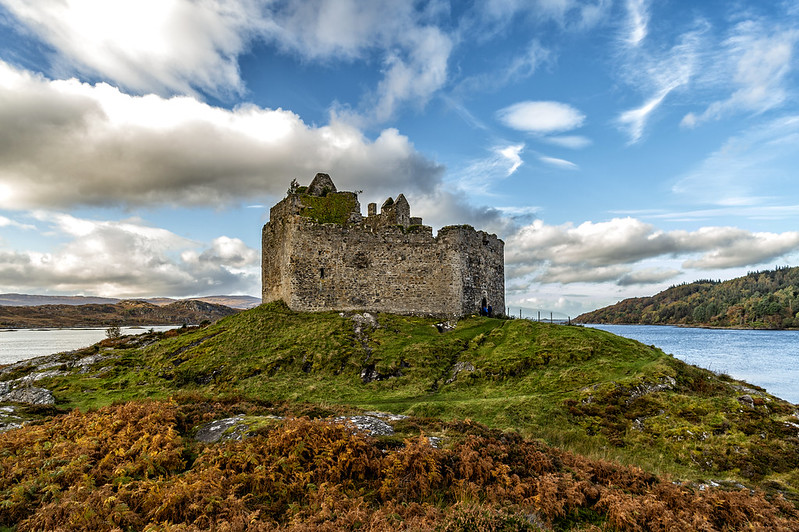
Castle Tioram, perched on a tidal island in Loch Moidart, is a striking medieval castle ruin with a rich past. The name means “dry island” in Gaelic, which only makes sense at low tide when you can walk across.
This was once the stronghold of Clan MacDonald. Legend says the last chief burned his own castle rather than let it fall to enemies. The ruins rise from their rocky platform like something from a dream. Time your visit with the tides—you’ll either wade across or admire from afar.
Falls of Truim
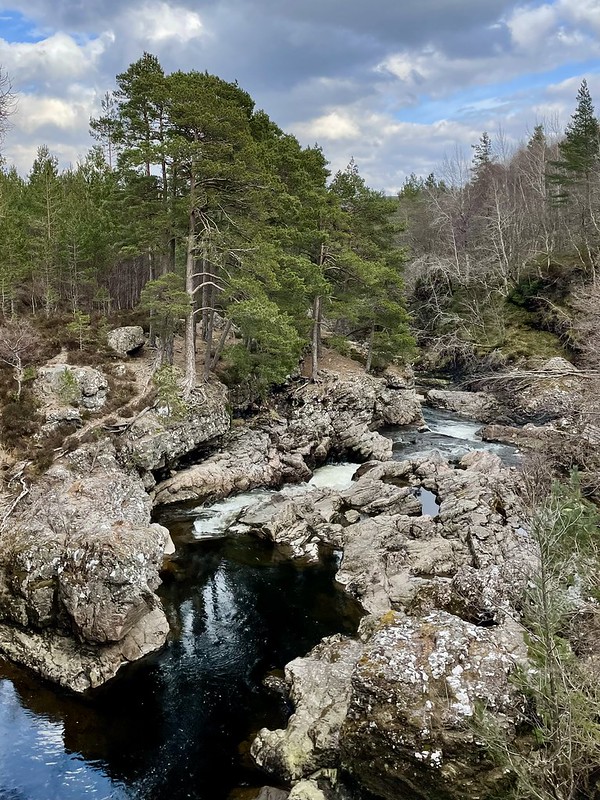
The Falls of Truim is the epitome of a hidden gem that is passed by literally thousands of people every day. But it isn’t signposted and you’d never know it was there unless you’d been tipped off. Located just off the A9 near Dalwhinnie, this waterfall hides in plain sight.
From here you have a short walk of ~200 yards to get to an old stone bridge that straddles a rock pool just above the cascades of the Falls of Truim. Salmon often rest in the pools here before continuing their journey upstream. The thundering water and ancient bridge create a perfect Highland scene.
Cairnpapple Hill
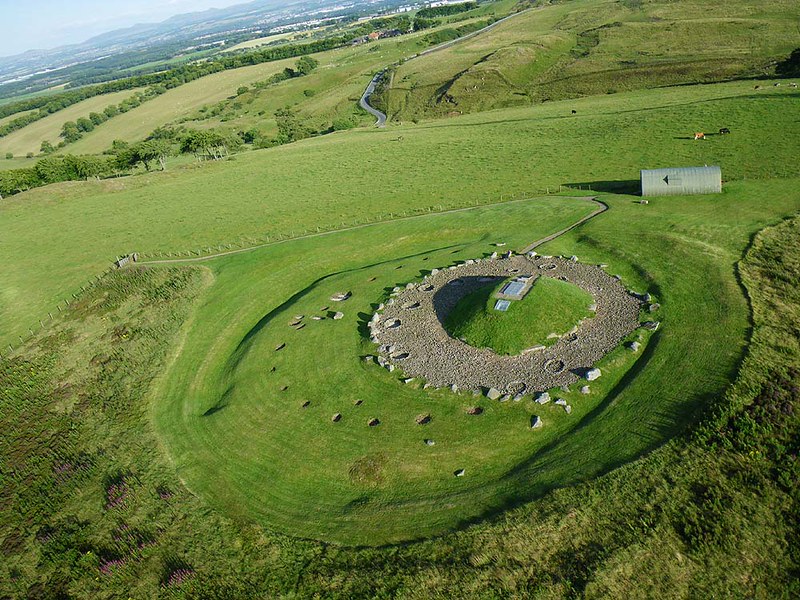
Cairnpapple Hill, an ancient burial and ceremonial ground that dates back 5,500 years! This West Lothian site predates Stonehenge by centuries, yet somehow remains largely unknown to tourists rushing toward more famous destinations.
The hilltop offers panoramic views stretching from Edinburgh to the distant peaks of Arran. While there aren’t any standing stones here, the henge is nevertheless enthralling. You can actually descend into the burial chamber itself. The weight of 5,000 years of history feels tangible up here.
Findhorn
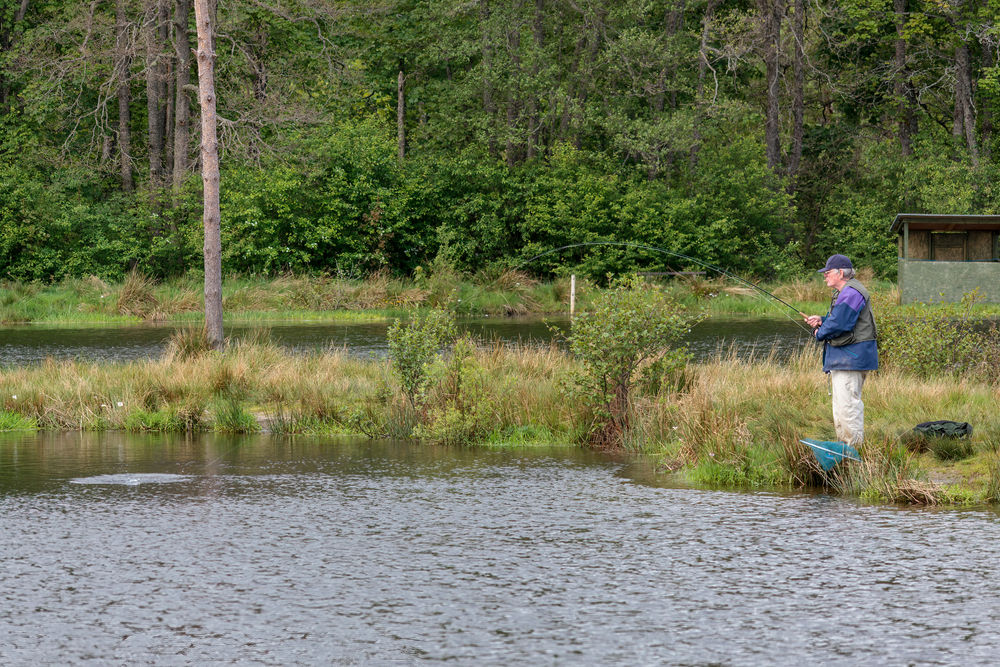
— Photo by phil_bird
Findhorn is a historic village that was once an important fishing port with a thriving shipbuilding industry. Today you can enjoy the tranquil sandy shores of Findhorn Bay. This Moray coast community embodies everything magical about Scottish coastal life.
The harbor still shelters fishing boats, but now windsurfers and kayakers share the waters. Findhorn Bay Arts Festival, which happens twice a year, brings creativity to match the natural beauty. Plus, the nearby eco-village pioneered sustainable living decades before it became fashionable.
Isle of Kerrera
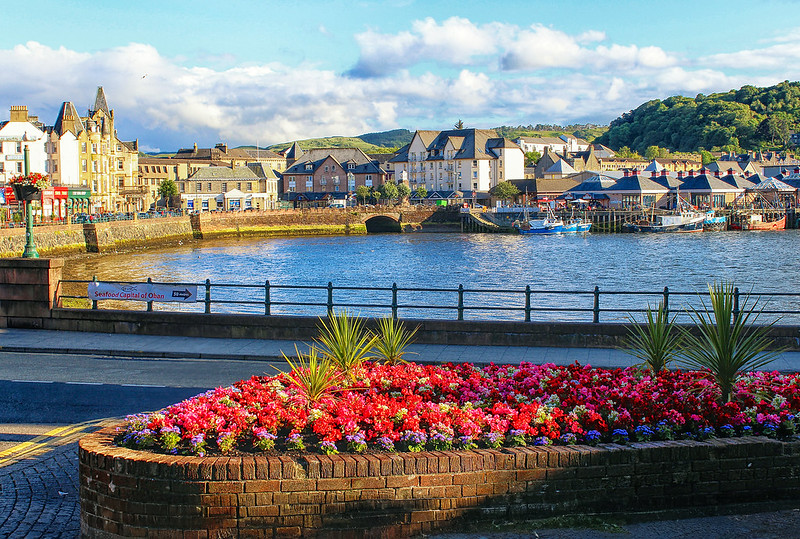
Just a short ferry ride from Oban, the Isle of Kerrera is a true island escape with gorgeous landscapes and historical sites. The island stretches just five miles long, perfect for a day of gentle exploration without crowds.
Wander through rolling hills, visit the 16th-century ruins of Gylen Castle, and enjoy homemade treats at the Kerrera Tea Garden. The ferry runs regularly during summer, and the crossing takes mere minutes. Yet stepping onto Kerrera feels like traveling back centuries.
Cape Wrath
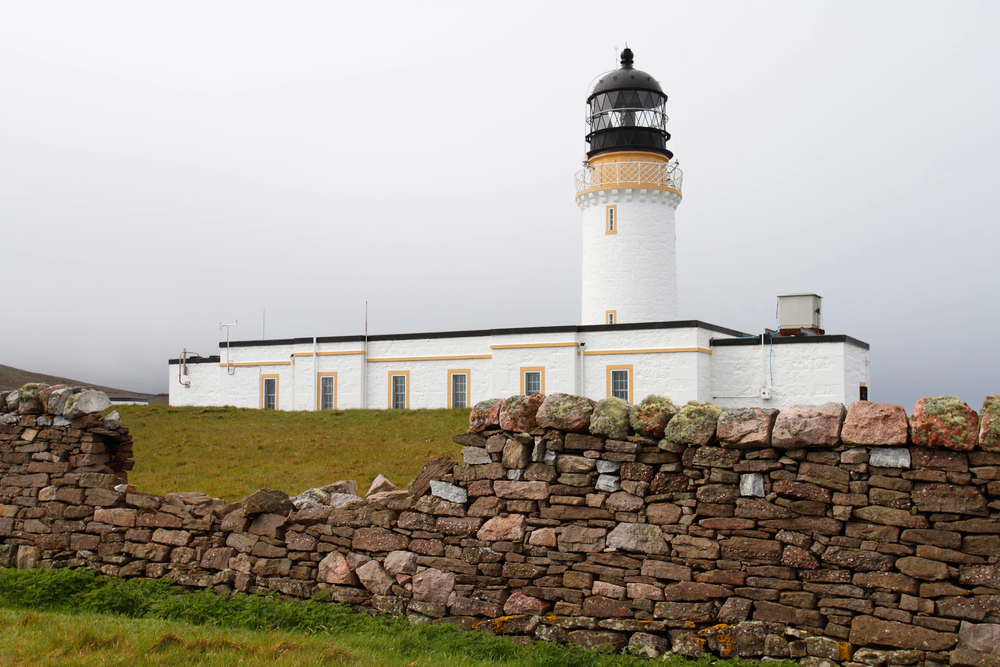
Cape Wrath is one of the trickiest to reach hidden gems on the west coast of Scotland. It’s also the most north-western point of Scotland and is marked by the Cape Wrath Lighthouse. Getting here requires determination and timing.
Only the determined will reach the Cape Wrath Lighthouse, which has a café on-site where you can enjoy your hard efforts! The journey involves: • A passenger ferry across the Kyle of Durness • A minibus ride across military training grounds • Or hiking the Cape Wrath Trail (for the truly adventurous)
The lighthouse keeper’s café serves tea and tales of maritime history. Worth every challenging mile.
Cove Harbour
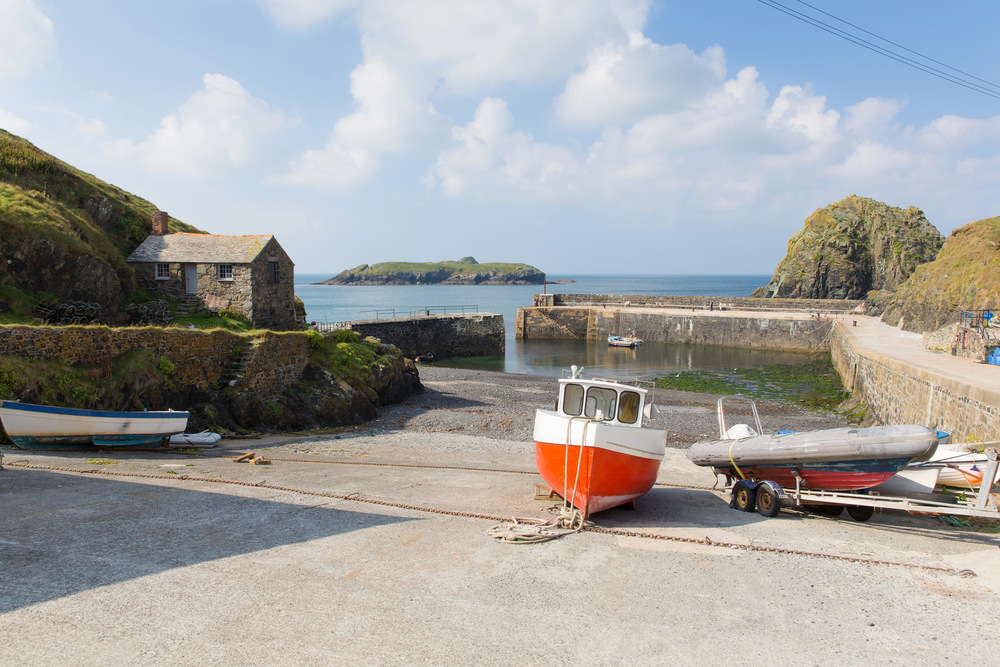
Cove Harbour is a true hidden gem in Scotland, as it’s only reachable by walking through a tunnel that’s carved out of the cliffside. This Berwickshire secret feels like discovering a pirate’s hideout.
The perfect peaceful spot to spend a few hours, with your pets and family, soaked in rich history it’s a must-see. The tunnel was carved by hand in the 1750s, and emerging onto the harbor feels like magic. Fishing boats still use this ancient haven, and the surrounding cliffs protect it from all but the worst storms.
The Hermitage
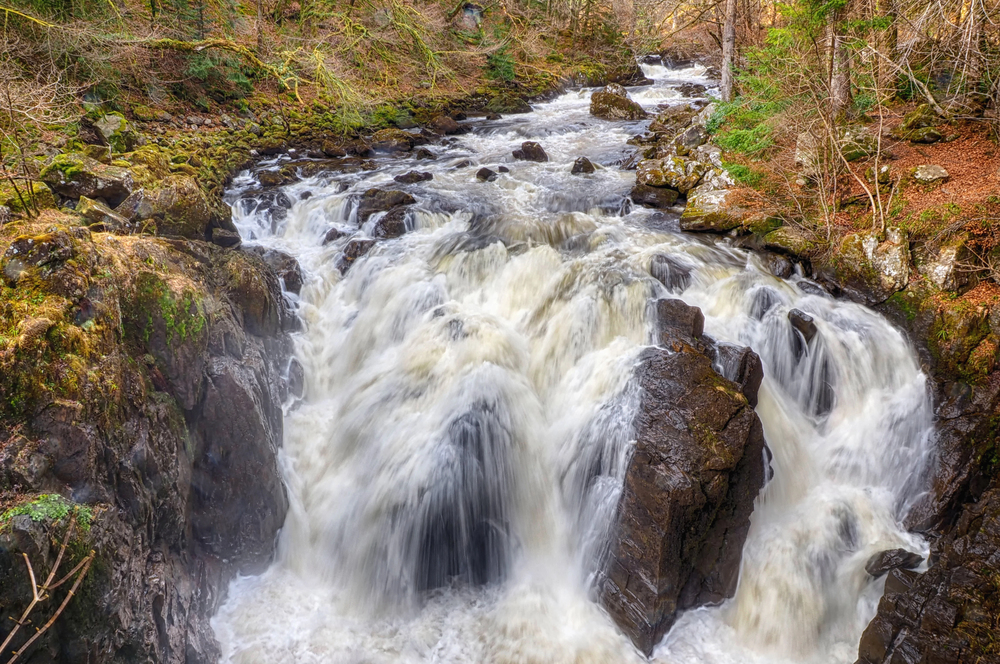
The Hermitage is a stretch of magical Perthshire forest designed as far back as the 18th century. Originally created as pleasure grounds for the Dukes of Atholl, this woodland paradise showcases some of Britain’s most impressive trees.
Here, you’ll come across countless towering Douglas firs, the tallest trees in Britain. The centerpiece is Ossian’s Hall of Mirrors, a folly overlooking the thunderous Black Linn Waterfall. At the heart of the forest is the thunderous Black Linn Waterfall. The paths wind through stands of trees that dwarf cathedral spires.
Dunmore Pineapple
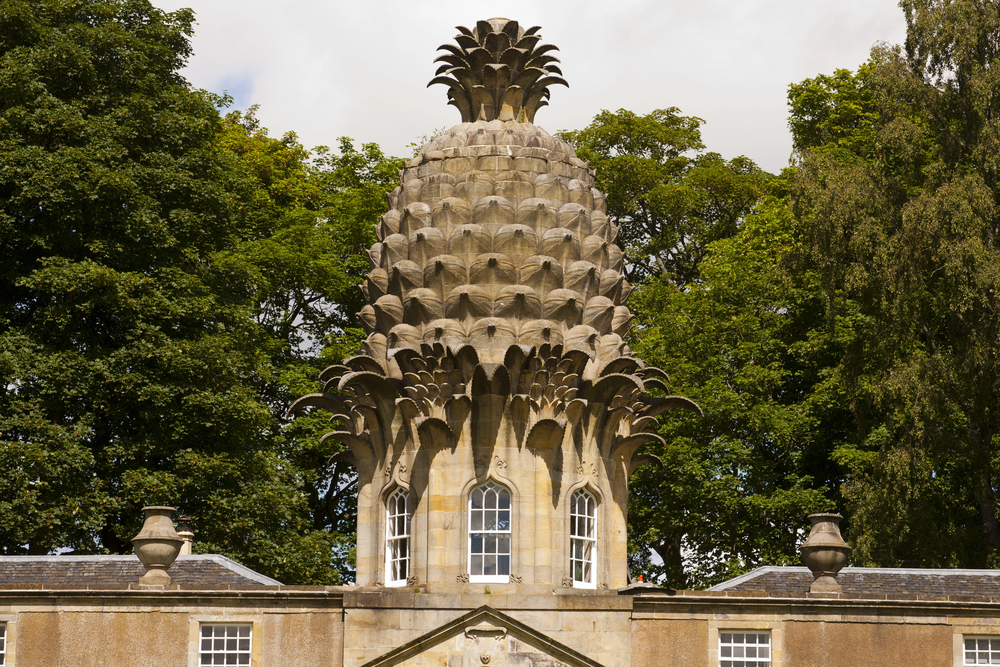
— Photo by jacekbuller.jacekbuller.eu
Dunmore Pineapple was created by Lord Dunmore, who wanted his house to look different; he wanted to cultivate pineapples, so this exotic fruit became the symbol for his folly. This architectural oddity stands as Scotland’s most bizarre building.
The 18th-century folly rises 45 feet high in perfect pineapple form, complete with detailed stone leaves. The Dunmore Pineapple is managed by the Landmark Trust and, incredible as it may seem, it is possible to rent it as a holiday home at a very attractive price. Staying inside a giant stone fruit? Only in Scotland.
Ullapool

— Photo by Beautifulblossom
This quaint market town surrounded by hills and forest is well known for its proximity to the fun-packed Go Ape tree-top adventure, but there’s much more to do. This northwest Highland harbor town remains refreshingly authentic despite its stunning Loch Broom setting.
White-painted houses line the waterfront like a Nordic village. On a sunny day, eating a takeaway lunch of locally caught seafood from The Seafood Shack is a popular choice. Summer brings an influx of walkers heading for the mountains, but Ullapool’s charm lies in its unhurried pace and spectacular sunsets over the loch.
Perfect timing for adventure
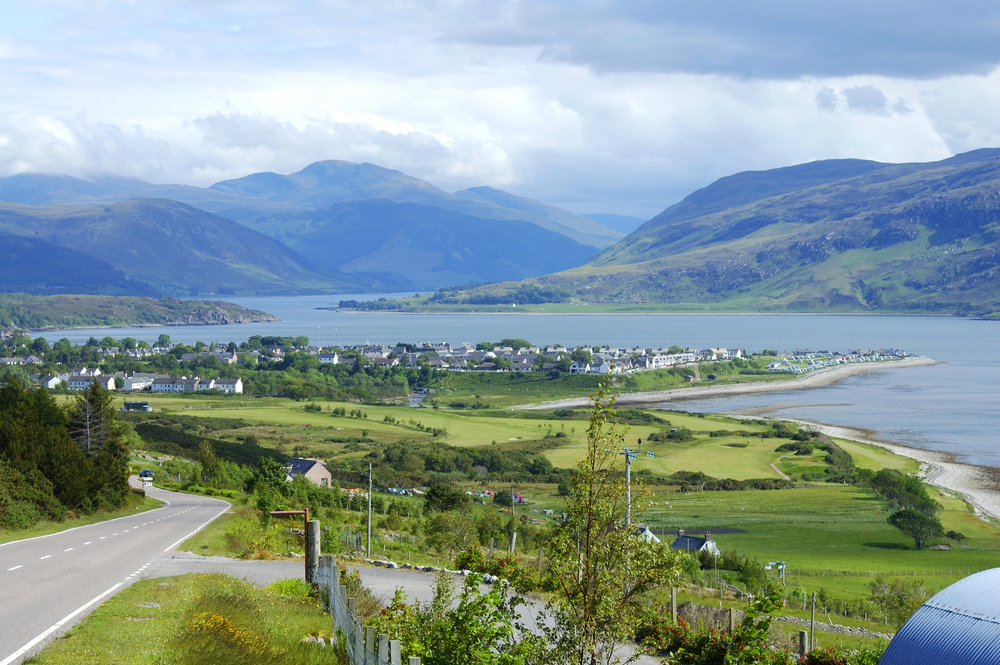
Summer in Scotland means more than just warmer weather. Scotland has lovely long summer days thanks to where the country sits on the globe. This means that the far north doesn’t get any complete darkness in summer, and places like Lerwick in Shetland have about four hours more daylight than London. These endless days create perfect conditions for discovering places where legends still feel alive and ancient stones hold secrets older than memory.
More from Travel Pug

- 20 Best Beach Towns in the Carolinas
- 13 Destinations Where Tourists Regularly Regret Their Trip
- 20 Things You Actually Get in First Class
- 20 Small Airports With Aviation Museums
- 20 Places in the U.S. That Are Perfect for a Reset Trip
Like Travel Pug’s content? Follow us on MSN.
